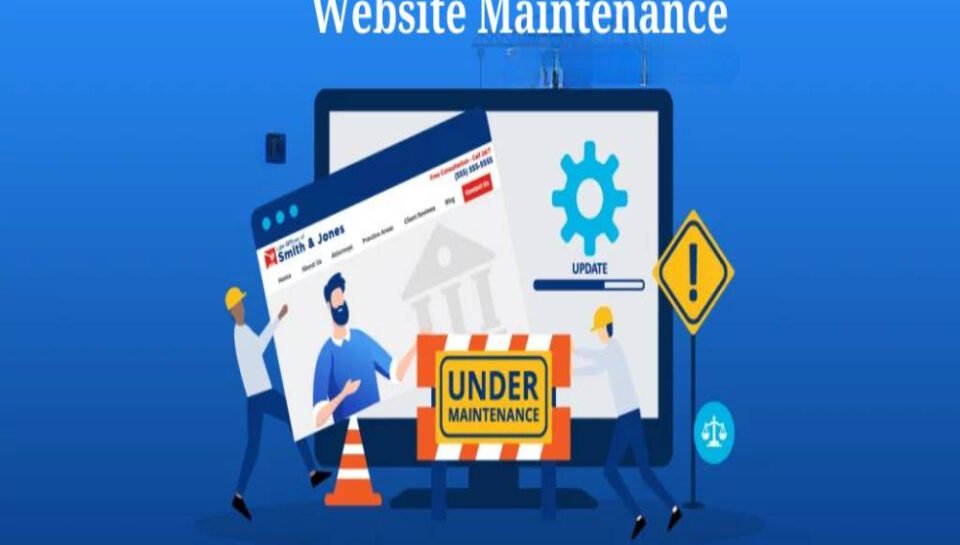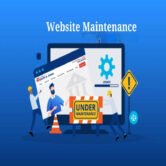
What role does regular content review play in website maintenance?
Keeps Information Accurate and Trustworthy
- Ensure product/service details, pricing, policies, and contact info are up-to-date.
- Outdated or incorrect content can confuse customers and lead to lost sales or support issues.
- Review legal disclaimers, privacy policies, and terms of service for accuracy.
- Make sure FAQs and tutorials reflect the latest versions or processes.
- Monitor competitor content to maintain relevance and industry alignment.
Supports SEO and Traffic Growth
- Update meta tags, keywords, and internal links to reflect current search trends.
- Refresh stale blog posts and optimize them for updated search intent.
- Add structured data and schema markup for featured snippets and better indexing.
- Remove or redirect outdated pages that may be causing keyword cannibalization.
- Maintain content freshness to stay competitive in Google’s algorithm.
Enhances Brand Voice and UX
- Review tone, messaging, and CTAs to ensure alignment with brand strategy.
- Check for inconsistencies in style, grammar, and terminology across pages.
- Improve readability and layout by restructuring long or complex content.
- Adapt content to changing buyer personas or campaign goals.
- Regular review ensures consistency across mobile and desktop experiences.
Increases Engagement and Conversions
- Update content to align with new promotions, seasonal offers, or events.
- Revise CTAs to match current business objectives (e.g., “Book a Demo” vs. “Buy Now”).
- Add multimedia like videos, infographics, and updated visuals to boost engagement.
- Optimize landing pages based on user behavior and feedback.
- Test headlines, offers, and formats to improve conversion rates.
Identifies and Fixes Content Gaps
- Use analytics to find high-exit pages or declining traffic patterns.
- Identify missing topics or underperforming sections that need expansion.
- Ensure internal linking is helping visitors navigate deeper into the site.
- Respond to user queries by creating new blog posts or support content.
- Conduct quarterly or biannual content audits to evaluate content performance.





